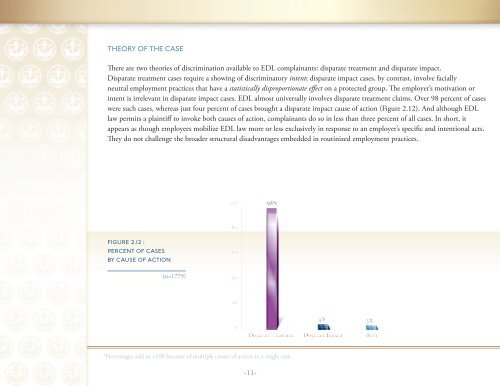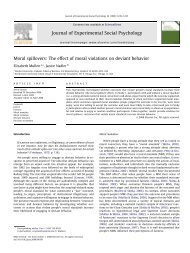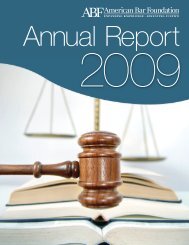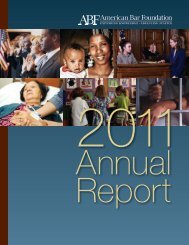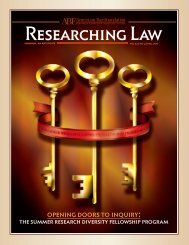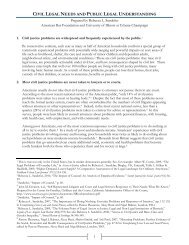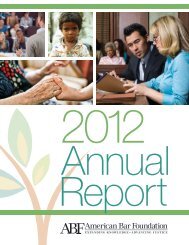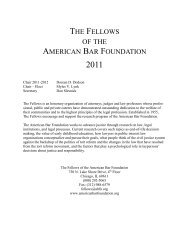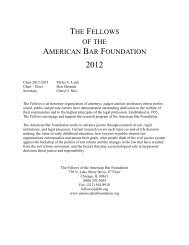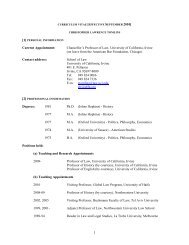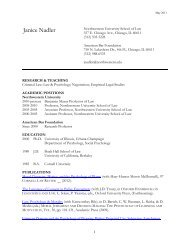Contesting Workplace Discrimination in Court - American Bar ...
Contesting Workplace Discrimination in Court - American Bar ...
Contesting Workplace Discrimination in Court - American Bar ...
You also want an ePaper? Increase the reach of your titles
YUMPU automatically turns print PDFs into web optimized ePapers that Google loves.
THEORY OF THE CASEThere are two theories of discrim<strong>in</strong>ation available to EDL compla<strong>in</strong>ants: disparate treatment and disparate impact.Disparate treatment cases require a show<strong>in</strong>g of discrim<strong>in</strong>atory <strong>in</strong>tent; disparate impact cases, by contrast, <strong>in</strong>volve faciallyneutral employment practices that have a statistically disproportionate effect on a protected group. The employer’s motivation or<strong>in</strong>tent is irrelevant <strong>in</strong> disparate impact cases. EDL almost universally <strong>in</strong>volves disparate treatment claims. Over 98 percent of caseswere such cases, whereas just four percent of cases brought a disparate impact cause of action (Figure 2.12). And although EDLlaw permits a pla<strong>in</strong>tiff to <strong>in</strong>voke both causes of action, compla<strong>in</strong>ants do so <strong>in</strong> less than three percent of all cases. In short, itappears as though employees mobilize EDL law more or less exclusively <strong>in</strong> response to an employer’s specific and <strong>in</strong>tentional acts.They do not challenge the broader structural disadvantages embedded <strong>in</strong> rout<strong>in</strong>ized employment practices.figure 2.12 :percent of casesby cause of action(n=1779)*Percentages add to >100 because of multiple causes of action <strong>in</strong> a s<strong>in</strong>gle case.-11-


